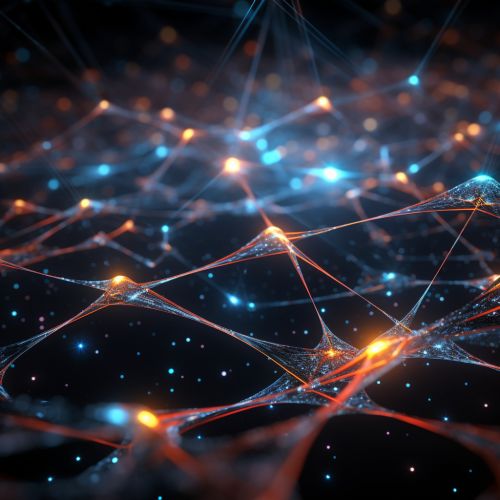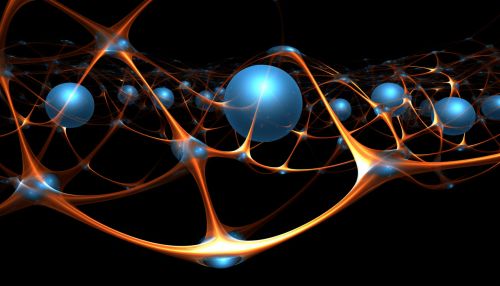Computational topology
Introduction
Computational topology is a branch of topology that uses algorithms for studying topological spaces and structures. It is an interdisciplinary field that combines concepts from computer science and mathematics, particularly topology and geometry. This field has numerous applications in data analysis, computer graphics, robotics, and more.


History
The field of computational topology has its roots in the mid-20th century with the development of digital computers. However, it was not until the late 20th and early 21st centuries that the field began to take shape. The development of efficient algorithms for topological problems, as well as the increasing availability of computational resources, contributed to the growth and establishment of this field.
Basic Concepts
Computational topology primarily deals with the computation of topological invariants and the manipulation of complex topological structures. Some of the basic concepts in this field include:
Topological Spaces
A topological space is a set endowed with a structure, called a topology, which allows defining continuous deformation of subspaces, and, more generally, all types of continuity.
Homology and Cohomology
Homology and cohomology are important tools in algebraic topology. They are used to study topological spaces by associating them with groups called homology and cohomology groups.
Persistent Homology
Persistent homology is a method for computing topological features of a space at different spatial resolutions. It has been largely used in data analysis and data mining.
Knot Theory
Knot theory is the study of mathematical knots. While inspired by knots which appear in daily life in shoelaces and rope, a mathematician's knot differs in that the ends are joined together so that it cannot be undone.
Algorithms
Several algorithms have been developed for solving problems in computational topology. These algorithms are designed to efficiently compute topological invariants and manipulate topological structures.
Simplicial Complexes
A simplicial complex is a topological space of a certain kind, constructed by "gluing together" points, line segments, triangles, and their n-dimensional counterparts. Algorithms for constructing and manipulating simplicial complexes are fundamental in computational topology.
Morse Theory
Morse theory allows one to analyze the topology of a manifold by studying differentiable functions on that manifold. Morse theory has been adapted to computational topology, providing a framework for developing efficient algorithms.
Computational Homology
Computational homology involves the development of algorithms for computing homology groups. These algorithms are used to study the properties of topological spaces.
Applications
Computational topology has found applications in several areas. Some of these include:
Data Analysis
In data analysis, computational topology can be used to understand the shape of data and identify clusters, anomalies, and other patterns.
Computer Graphics
In computer graphics, computational topology is used to create realistic animations and graphics. It is also used in image processing and analysis.
Robotics
In robotics, computational topology is used in motion planning and sensor networks.
